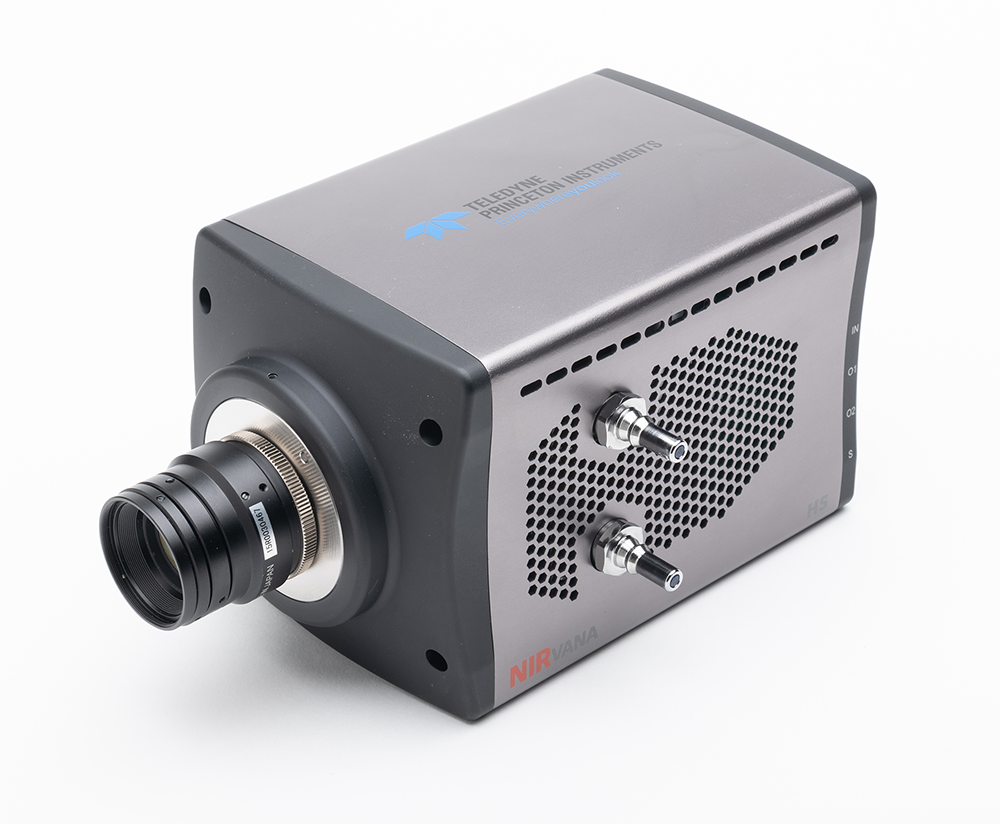Chelmsford, UK, January 30, 2020 – Teledyne Imaging, including Teledyne Acton Optics, DALSA, e2v, Lumenera, Photometrics and Princeton Instruments, and its sister companies, Teledyne Judson, Teledyne Imaging Sensors, Teledyne Scientific and Teledyne SP Devices will converge in stand 648 at SPIE’s Photonics West taking place at the Moscone Center in San Francisco, from February 4-6.
A highlight of the show this year is Teledyne Princeton Instruments’ introduction of their new InGaAs camera, the NIRvana HS. The newest addition to the series is designed to meet the increasingly diverse needs of today’s scientific, industrial, and medical communities.
Attendees to the Teledyne booth can expect a wide range of advanced technology demonstrations and presentations from a highly skilled team of subject matter experts, ready to discuss your most demanding technology challenges.
Teledyne Imaging is a group of leading edge companies aligned under the Teledyne umbrella. Teledyne Imaging forms an unrivalled collective of expertise across the spectrum with decades of experience. Individually, each company offers best-in-class solutions. Together, they combine and leverage each other’s strengths to provide the deepest, widest imaging and related technology portfolio in the world. From aerospace through industrial inspection, radiography and radiotherapy, geospatial surveying, and advanced MEMS and semiconductor solutions, Teledyne Imaging offers world-wide customer support and the technical expertise to handle the toughest tasks. Their tools, technologies, and vision solutions are built to deliver to their customers a unique and competitive advantage.
###
All trademarks are registered by their respective companies.
Teledyne Imaging reserves the right to make changes at any time without notice.
Media Contact on show:
Jessica Broom, Senior Global Marcomm Manager
Teledyne Imaging – Vision Solutions

Ten Teledyne companies deliver their freshest tech – from LWIR and InGaAs sensors, and optical coatings to the latest in scientific imaging and spectrometers